Artists That Are Creating Conversation in Asia’s LGBTQ Art Scene
06/03/2023


There has been significant movement in the Asian Art Market as of late. Asia’s art capitals eagerly welcome the world back after the disruption of travel and trade due to COVID-19. According to Beijing’s Central Academy of Fine Art’s Market Research Centre, ‘Asia has surpassed North America and Europe to become the world’s largest art market’.
It is no secret that Asia is home to world-renowned powerhouse artists such as Ai Wei Wei, Yayoi Kusama and Nam June Paik. However, the reliance on digitalisation and the rise of social media, especially after the past two years, encouraged the move to an online sales format. This has brought in a new generation of buyers, with a vast percentage of them being millennials. These younger collectors are more open-minded in the type of art they invest in, as witnessed by the popularity of pop and street art. They do not fear embracing taboos that maybe once were frowned upon by older Asian generations, such as LGBTQ issue-related themes seen in local culture.
This modernised and inclusive attitude towards the Asian art world has created room for more up-and-coming artists who attempt to challenge discussions around LGBTQ topics through their art, featured in thought-provoking exhibitions in major museums – a move that the Asian art world has not dared to venture into until recently.
With Asia’s conservative and traditional views, in the past, LGBTQ artists did not specifically depict gay themes in their work, yet somehow looking in the right places can reveal early themes of forbidden love. Now, we see artists fully exploring inequality, invisibility, social exclusion and marginalisation in their works. Here are some Asian artists who use their art to celebrate their experiences and bring resonance to the LGBTQ community.
Balbir Krishan (India)
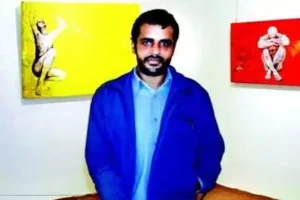
Times of India
An artist with an incredibly moving coming-out story, Balbir Krishna was born and raised in India, where he felt extremely miserable and attempted suicide by lying on train tracks. Thankfully the train did not kill him but instead severed his legs. In this incident, Krishan felt that he had to live, which pushed him to work harder to create work as a gay artist in hopes that he could connect with his community and be a guiding voice to others who may have similar circumstances as he did. Unfortunately, in India, his first artworks were destroyed by a conservative crowd destroyed his art and beat him up, which then resulted in the artist relocating to America, however still presenting the same themes within his work.
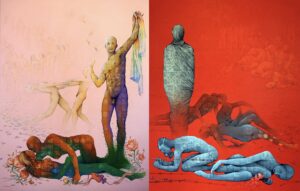
Balbir Krishan and Sunpride Foundation
Anne Samat (Malaysia)
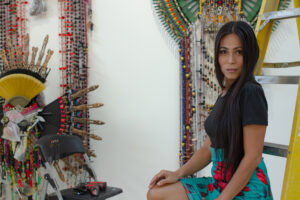
Marc Straus
Malaysian-born sculptor and proud transgender activist Anne Samat combines the aesthetic nature of international queer cultures with various textile and bricolage influences from South East Asia, especially evoking her familial lineage and the different cultures in Malaysia.
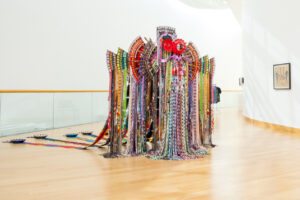
Marc Straus
Victoria Sin (London Based, Hong Kong)
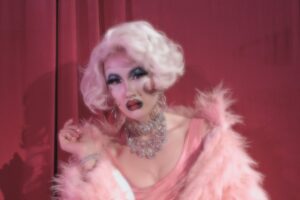
Victoria Sin
Highly recognised multimedia artist Sin Wei Kan (also known as Victoria Sin) has been largely regarded as an icon of London’s queer club culture. Sin’s work has been featured in Dazed, i-D, Sotheby’s and Evening Standard, as well as in group exhibitions with a notably defiant slant in Taipei, London, Paris, Venice Biennale, Art Basel Hong Kong and MOCA Toronto. The artist attempts to highlight the audience’s expectations and fantasies, then proceeds to utterly dismantle them through films and performances that showcase a double-drag piece.
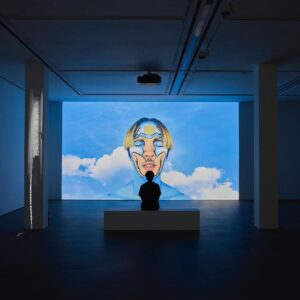
Victoria Sin
Virtue Village (Hong Kong)
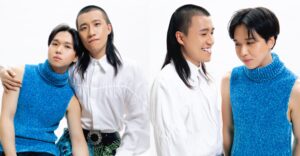
The Hong Kong-based artist duo Joseph Chen and Cas Wong, better known as Virtue Village, use their work to influence conversations around queer identities and counterculture, where they would attempt to deconstruct preconceived notions of gender ideals to create an understanding of how someone queer could behave and react to specific scenarios or parallel realities. Their first solo show, “Village Porn”, visually depicts gay villages and cult villages as safe spaces where marginalised people with queer identities and controversial beliefs rejected by the heteropatriarchy and mainstream Asian society can escape.
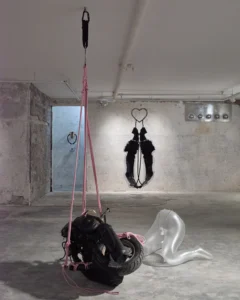
PHD Group